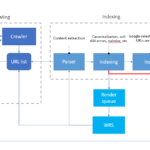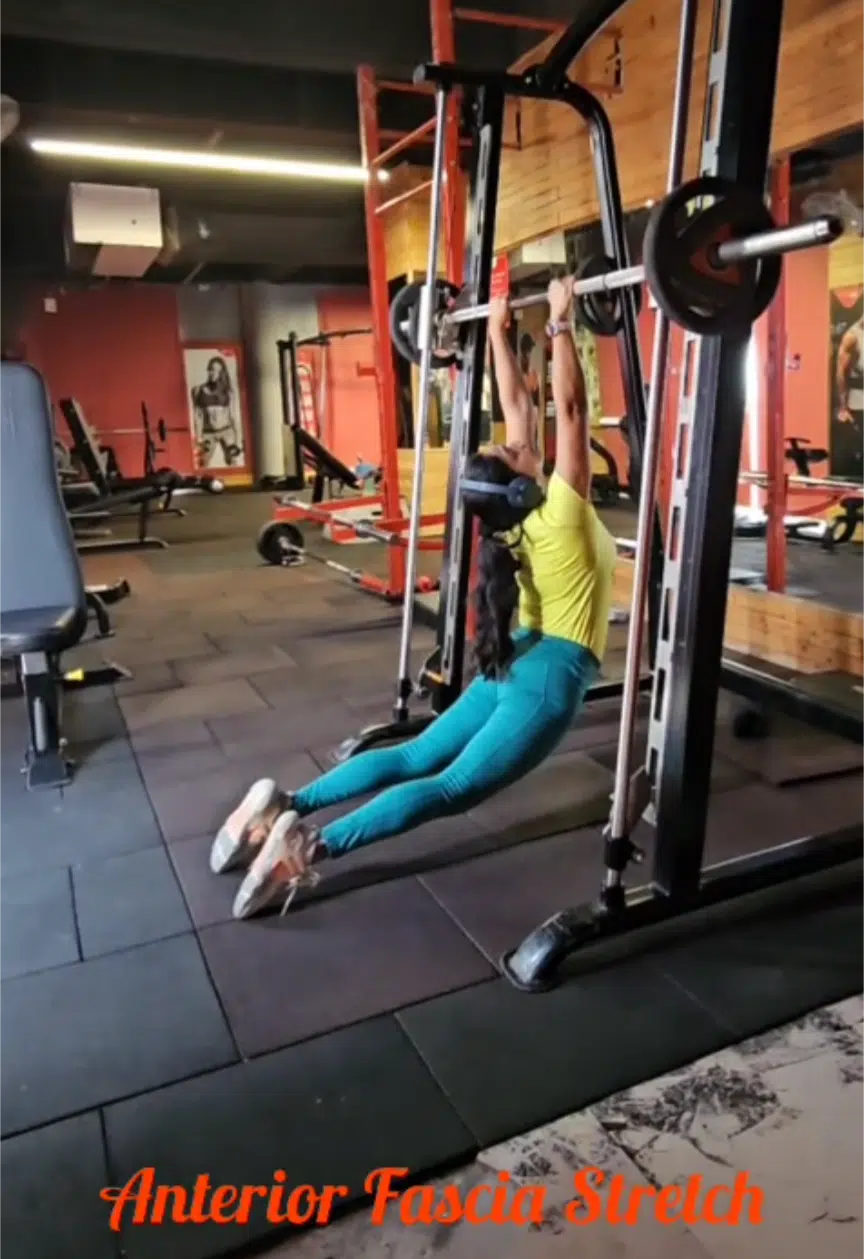Anterior and Posterior Fascia Stretch – Why They’re Important
By Sarita Rajput
Understanding the Fascial Network
Our body’s fascia is an intricate connective tissue web that links every muscle, tendon, and ligament from head to toe. It acts like a full-body suit under your skin — connecting and communicating between muscles, ensuring smooth, coordinated movement.
Among the several fascial lines, the anterior (front) and posterior (back) fascia lines are the most influential in shaping our posture, flexibility, and performance. When either side is tight, it disrupts balance, mobility, and alignment.
The Anterior Fascia Stretch – Why It’s Important
Your anterior fascia runs along the front of your body — through the chest, abs, hip flexors, quads, and the front of your shoulders. Tightness in this line is common due to prolonged sitting, poor posture, and lack of movement. Over time, it pulls your body forward, creating rounded shoulders and an anterior pelvic tilt.
Benefits of Anterior Fascia Stretching
1. Improves Posture
Releases tightness in the chest and hip flexors, helping correct forward rounding and improving alignment.
2. Enhances Mobility
Loosens the front body, allowing smoother and more effective movement in exercises like squats, lunges, and overhead presses.
3. Reduces Pain & Tension
Relieves pressure from the neck, shoulders, and lower back often caused by tight anterior muscles.
4. Boosts Performance
An open anterior chain allows the posterior muscles (glutes, hamstrings, and back) to engage efficiently for stronger performance.
5. Aids Recovery
Keeps the fascia hydrated and elastic, promoting blood flow and faster recovery after workouts.
Effective Anterior Fascia Stretches
- Chest opener against wall or doorway
- Cobra Pose (Bhujangasana) or Upward Dog
- Lunge with hip flexor stretch
- Standing quad stretch
👉 Hold each stretch for 20–30 seconds, breathe deeply, and avoid forcing the movement.
The Posterior Fascia Stretch – Why It’s Important
The posterior fascia line runs from the soles of your feet up through the calves, hamstrings, glutes, back, and even to the scalp. This line supports your posture, stability, and overall movement mechanics.
Tightness in this fascia is often linked to back pain, restricted flexibility, and a reduced range of motion — especially in people who sit for long hours or have weak glutes and hamstrings.
Benefits of Posterior Fascia Stretching
1. Improves Flexibility & Mobility
Increases the elasticity of the backline, enhancing hip hinge, hamstring flexibility, and spinal movement.
2. Reduces Stiffness & Back Pain
Loosens up the backline muscles, providing relief from lower back pain and general stiffness.
3. Enhances Posture
Balances tension between the front and back chains, helping you stand taller and move more efficiently.
4. Improves Athletic Performance
A supple backline contributes to better running, lifting, and jumping by generating more power.
5. Supports Recovery
Encourages blood circulation, releases tension, and helps maintain overall muscular balance.
Effective Posterior Fascia Stretches
- Forward fold (standing or seated)
- Downward Dog (Adho Mukha Svanasana)
- Hamstring stretch on step or bench
- Foam rolling for glutes and back
👉 Perform these stretches gently post-workout or during your mobility sessions to maximize benefit.
Final Thoughts
Your body works as one integrated system, not in isolation. Regularly stretching both anterior and posterior fascia lines maintains muscular balance, reduces injury risk, and enhances movement quality.
Take just 10 minutes daily to stretch both chains — you’ll stand taller, move better, and feel lighter.
By Sarita Rajput
#fittrcoach | #infscertifiedcoach | #fittrbanegaindia | #fasciastretching | #mobilitytraining | #fittrwithsquats









